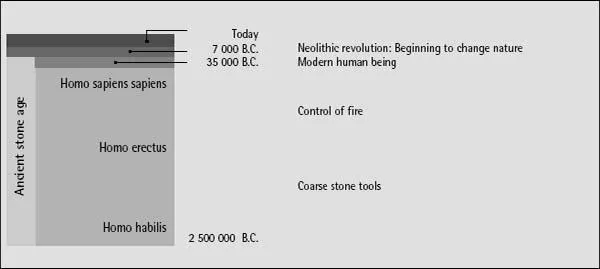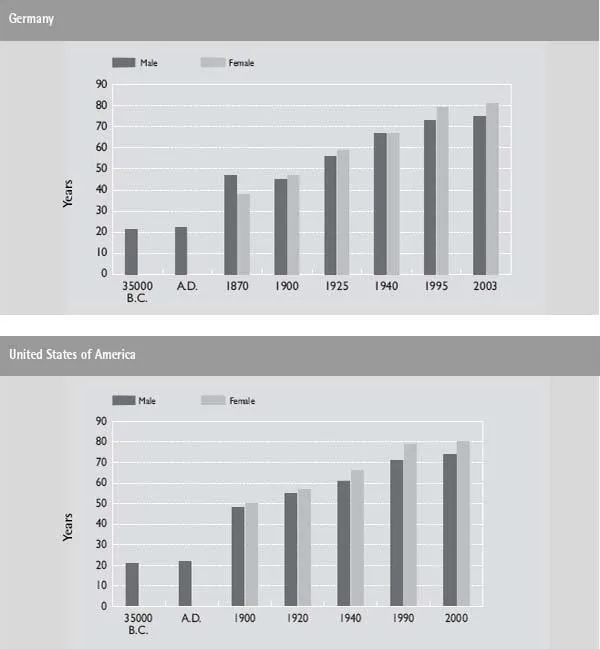Nowadays, tourism is an absolutely normal part of our daily life. Even if there was travel to the Olympic Games or to the Knight Games in the ancient world, society’s extensive participation in tourism started only a few decades ago.
The positive effects of tourism are varied. For tourists, a holiday means satisfaction as travel gives them the opportunity to bring their hopes and dreams to life. Furthermore, by holidaying outside their usual surroundings, tourists increase their knowledge of other cultures and ways of life, be it knowingly or unknowingly. This changed view of things helps to foster greater acceptance and tolerance among the human race.
Leading position of tourism
As far as the national economy is concerned, the tourism industry has, in many countries, achieved such a leading position that it counts as one of the most important sources of income and foreign Leading exchange. This growth will continue in the future and will contribute to make tourism the most significant industry in the world. Besides, tourism is, like no other industry, in a position to create prosperity and economic development opportunities even for places that would otherwise be considered as difficult to develop.
However, the positive development of the tourism industry is gradually being threatened by negative events. Incidents, that have taken place in the recent past, had economic consequences which were previously unheard of in other economic spheres. The Terrorist attacks in Egypt, SARS, 9/11, Tsumamis in Asia, are a few prominent examples of crises that caused economic losses to the tourism industry in the millions or even billions of U.S. dollars. But also indirect effects have a considerable impact like, for example, the rise in transport and travel costs across the globe, which especially threaten the competitiveness of long haul tourism destinations. At the same time, a number of other effects are becoming apparent such as image damage and the limitation on entrepreneurial room for manoeuvre from which businesses are still affected in both the medium and long term.
The reasons for the increased appearance of crises are complex. However, a first analysis shows that there are different areas contributing to this rising number of negative events.
1.1 The living conditions of humans
Living conditions
Among the first ranking influences is the fact that living conditions in the most important source markets are changing at an increasing speed. These fast changes become especially clear when one looks at the social developments from a very early perspective.
Today’s information indicates the existence of human beings on earth at around 2 500 000 years B.C. During the first one million years, human beings became accustomed to the use of stone tools. It took many generations for minor changes to occur. Man started to dominate fires some 500 000 years ago. Again, during many generations, he had the time to get used to these innovations and to its impact on his social environment. Man as we know him today, from his anatomy and physiology and especially from the size of his brain is only 40 000 years old. Even younger is the Neolithic revolution which is only 9-10 000 years old. Only at this moment, Man started to actively shape nature, to settle and to domesticate animals. Thus, life as we know it today only started some 9000 years ago.
Average life expectancy
Age is another important factor of influence. 35 000 years B.C., the average life expectancy was around expectancy 20 years. As shown in the following diagram, changes over time in the average life span were only minimal. In fact, it only reached 35 years some 200 years ago. Since then, with the changes brought about by the Industrial Revolution and the ensuing developments in science and social structures, among others, life expectancy has more than doubled. Today, a woman in Western Europe has a life expectancy of some 80 years.
Taking these developments into account, it is hard to believe that only four hundred generations have passed since the Neolithic revolution. It also becomes clear how technical developments in the past several generations took longer to happen, whereas in this day and age several technical revolutions take place within one generation. Looking at telephone use since it was introduced, it took around sixty years before one could speak of wide dissemination. The personal computer on the other hand needed only thirty years to become part of our daily life. The cell phone achieved this in only twenty years.
However, these technical changes, which we consider to be positive developments, can also have negative impacts. The first PC virus appeared in 1993. Twenty years later we speak with normality about the existence of these damaging programs, which can change the overall social structures worldwide in seconds.
Demographic trends
The demographic trends of human beings are also changing. Looking at the development of the average household size over the last 100 years, we can observe that at the beginning of the last century, the majority of households, specifically 44 per cent, contained five or more people. At the beginning of the twentieth century, there was a clear tendency towards smaller households. In 1998, 36 per cent were already single households.
In addition to this, it can be observed that marriages are taking place at a much later age. There is a wider existence of unmarried couples and the average time of marriage is permanently decreasing. In the extreme case of the United States, some 40 per cent of marriages end in divorce after only 15 years. For younger couples, i.e. under 45 years old, this quota of divorces reaches 50 per cent. And, if a couple was already divorced, new marriages normally last much less.
These are only some factors that describe the environment in which human beings live today and indicate the challenges they are faced with.
Supply of information
One of these challenges is the worsening supply of information. This might surprise at first as we live in an age where there is precisely no lack of information. In fact, there will be more data produced in the next three years than in the last 300 000 years in total. With the oversupply of information it can be difficult to filter that which is considered to be important. In addition, the changing family environment makes it more difficult to transmit information to the individual that is tailored to their individual needs. This is of crucial importance for an improved perception and processing of information.
Furthermore, demographic developments cause insecurities, which were previously dealt with by traditional family communities but are now resting with the individual. This represents an enormous challenge for the individual. Therefore, we can observe that more and more occurrences, which are normally considered as dangers are now labeled as risks. By this, the ‘unavoidable’ shall be made ‘avoidable’. While dangers are sourced in the environment and cannot be influenced by man, risks are often traced back to decisions and are associated to individuals.
Secondly, individuals aim to find institutions, which can be used to cope with these insecurities. This includes the State, which is confronted with tasks and expectations which it has not previously been responsible for. But also private companies are affected by these changes. Increasingly, companies are made responsible for occurrences and situations which do not form part of any contract nor which have been considered in the past as part of their scope of responsibility.
Creatures of habit
It remains to be mentioned that human beings are creatures of habit. What Man has learned once, he aims at continuing. He tries to avoid changes that are too big or tries to postpone them at least up to such a moment that they are impossible to avoid. Man has difficulties in adapting and absorbing all the changes in the...





